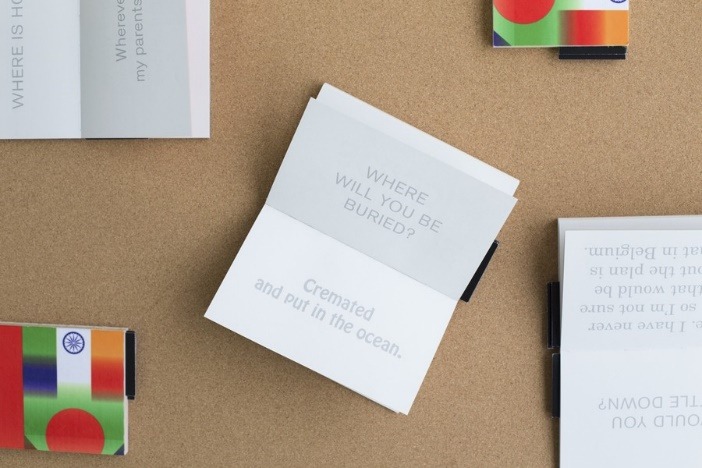The gut-wrenching announcement that would become an expected, although, mostly unwelcome, part of my childhood. What I had to look forward to: a new house, new school, new friends. What I had to leave behind: the cozy home we’d settled into, my favorite teachers that I’d gotten used to, the best friends I’d made and didn’t want to say goodbye to. A move meant needing to press an internal ‘RESET’ button, basically. It was tough—every single time—but, in a strange way, you kind of “get used to it”. I grew up as a Third Culture Kid (TCK).
Non-TCKs (a.k.a. ‘normal people’) always “ooh” and “ah” at the many moves my family has made—but it hasn’t always been easy. In fact, it’s been said that TCKs only ‘feel at home’ with other TCKs because the experiences we’ve had (and our consequently seemingly “peculiar” thought processes) are very hard to explain to non-TCKs. Not to say that we are an ‘elite’ separate entity—we just feel quite alone because of these (almost) non-conformist life directions.
I remember meeting up with one of my best friends in The Hague back in July 2015. We had initially met when we were 10 or 11 years old, in the Philippines. As children of diplomats, our parents’ work took us all over the globe and, so, inevitably, (and very heartbreakingly, at the time) we had to say goodbye (within the same year that we had met), as her father’s diplomatic post was over. We stayed in touch by sending letters (yes, by post) and then transitioned to emails, ICQ and MSN Messenger, and then the Facebook revolution took over and now WhatsApp. I just want to say—technology is the savior for TCKs everywhere!
With all the challenges of moving around so often, I think the best part was moving with my family—they are the best. We’re seven of the most hilarious, controversial and different individuals. Us kids have American accents which are all tinged with the accents of the countries we have spent the most time in (people get a kick out of trying to figure out where we’re from).
My youngest sister even decided to use ‘the da Costa kids’ as the focal point of her award-winning Graphic Design Graduation Project from the Royal Academy of Art in The Hague.
She used us five kids as her case-study to portray the unique experiences of TCKs in one family. No names were used, however—we were referred to as ‘Sibling 1, 2, 3, 4, and 5’. The anonymity shows how varied answers could be and how they might relate to other TCKs. Not to be biased, but it is an amazingly interesting project because we learned things about each other that we had never really spent time acknowledging while we were growing up (there was no time to reflect on “Oh, we’re going to move, isn’t that great? We have to leave our dog behind and find our way around a new city and make new friends, etc.”)
Visit the exhibition 'Across borders, the human dimension' taking place in The Hague at ARTtrium, the exhibition space of the Ministry of the Interior and Kingdom Relations and the Ministry of Security and Justice. It features works by:
Pierfrancesco Gava www.pierfrancescogava.com
Elise Weegels www.eliseweegels.nl
Menno de Bruijn www.mennodebruijn.com
Janine Terlouw www.janineterlouw.nl
Inês da Costa www.inesthecoast.com
From January 21st until March 17th, 2016 on weekdays from 7AM to 7PM.
ARTtrium, Turfmarkt 147, 2511 DC, The Hague
By Bettina da Costa
The Brussels Times

